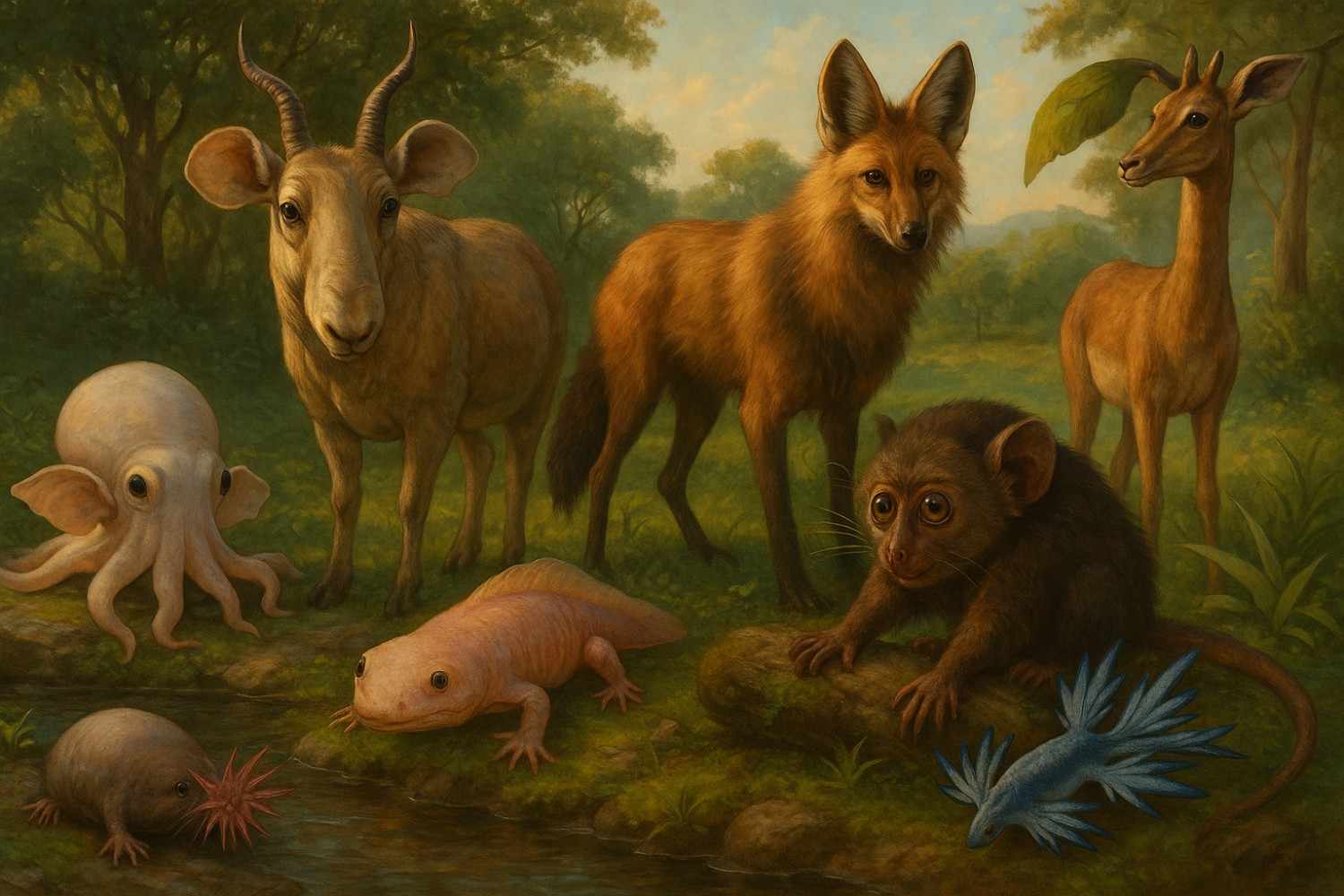Throughout history, scientists have uncovered countless incredible animals, but some discoveries truly defy belief. From remote jungles to ocean depths, the natural world continues to surprise researchers with bizarre, little-known creatures that stretch the imagination. These wild animals, whether newly discovered or long-hidden, offer a glimpse into nature’s limitless diversity and creativity. Below are 15 of the strangest wild animals found by scientists, each with fascinating features and behaviors that set them apart from anything most people have ever seen.
1. Axolotl
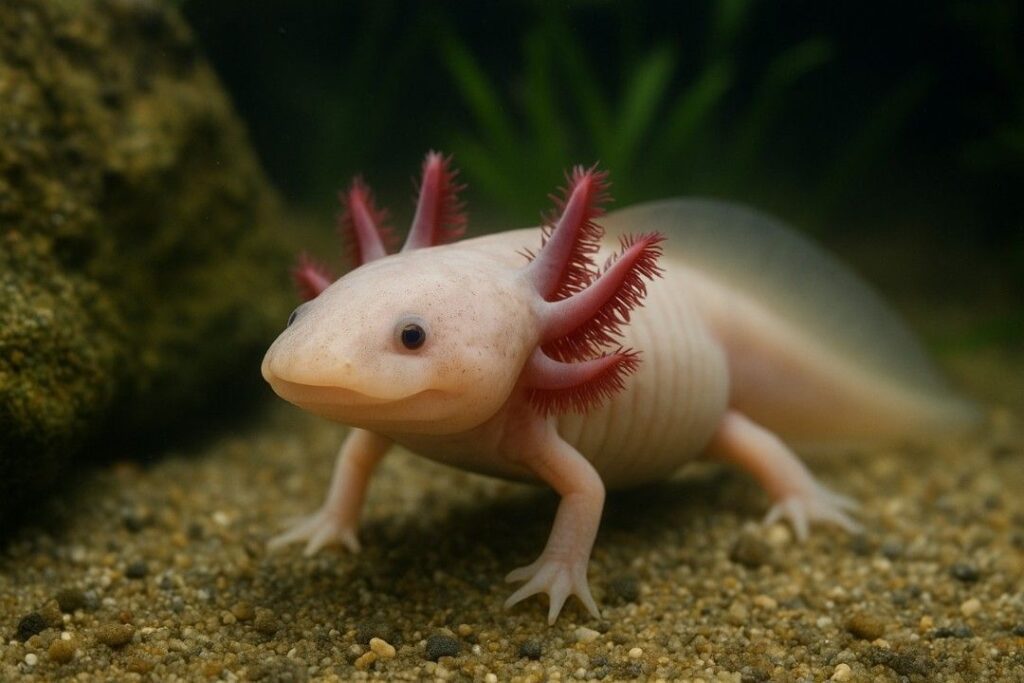
The axolotl, also known as the “Mexican walking fish,” is not a fish at all, but an aquatic salamander renowned for its unique ability to regenerate lost limbs, spinal cord, and even parts of its heart. Native only to Lake Xochimilco in Mexico, these creatures remain in their larval stage throughout life—a phenomenon called neoteny. Axolotls have become vital to medical research due to their regenerative powers, but their wild populations are critically endangered because of habitat loss and pollution (source).
2. Saiga Antelope
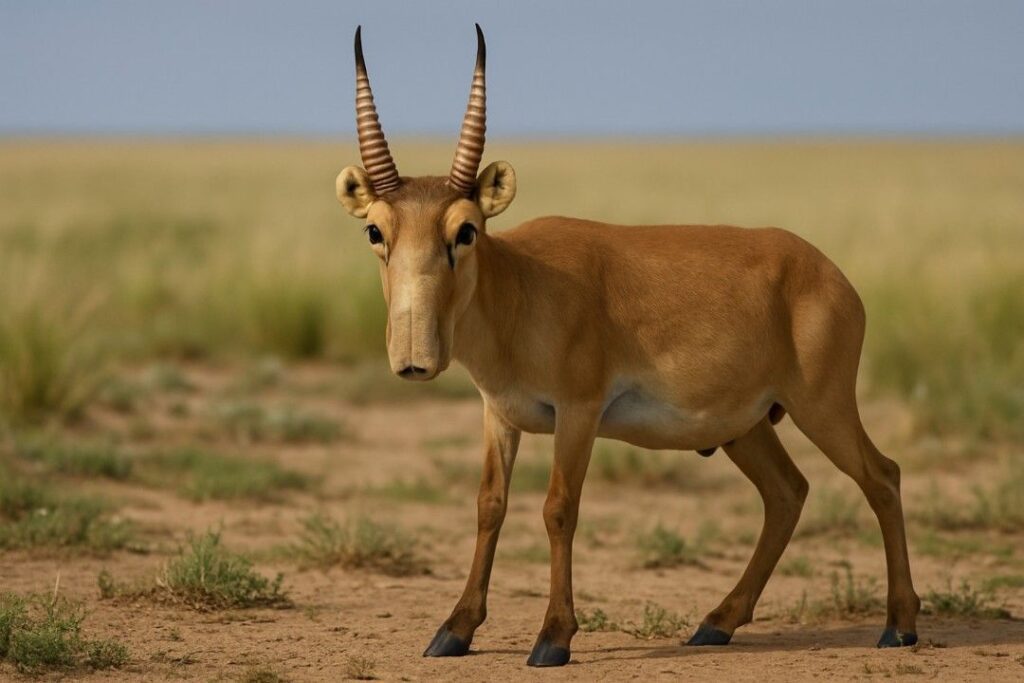
Saiga antelopes are instantly recognizable due to their oversized, tubular noses, which filter out dust and regulate blood temperature during harsh steppe summers and winters. Once widespread across Eurasia, their populations have suffered dramatic declines from poaching and disease outbreaks. Saigas play a critical ecological role, but today, conservationists race against time to save this unique species from extinction, as their numbers plummet and habitats vanish (source).
3. Dumbo Octopus
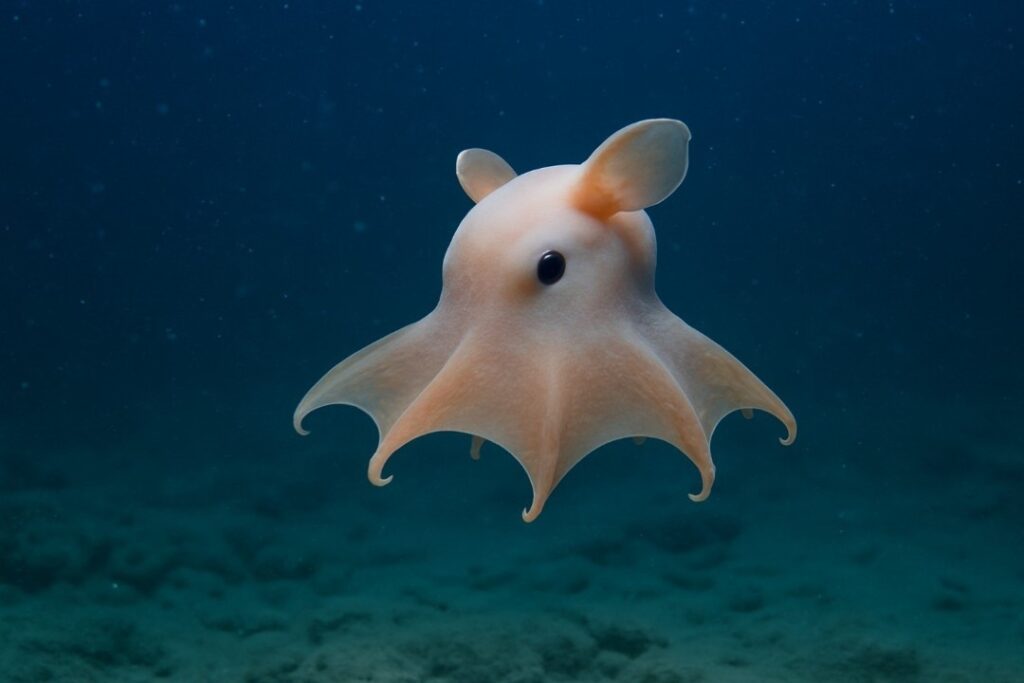
Named after the Disney elephant for its ear-like fins, the dumbo octopus lives at extreme ocean depths, sometimes over 13,000 feet below the surface. Its gelatinous, umbrella-shaped body and webbed arms allow it to glide through the dark waters with uncanny grace. Unlike most octopuses, dumbos swallow their prey whole. Sightings are rare, and these creatures remain mysterious due to their deep-sea habitat and elusiveness.
4. Pink Fairy Armadillo

The pink fairy armadillo is the smallest and rarest armadillo species, measuring just about five inches long. This nocturnal animal has a soft, pink shell and large claws, perfect for burrowing through Argentina’s sandy plains. Scientists know very little about its population or behavior because it is elusive and has specialized habitat needs. Conservationists struggle to protect it, as sightings are rare and habitat destruction continues.
5. Aye-Aye
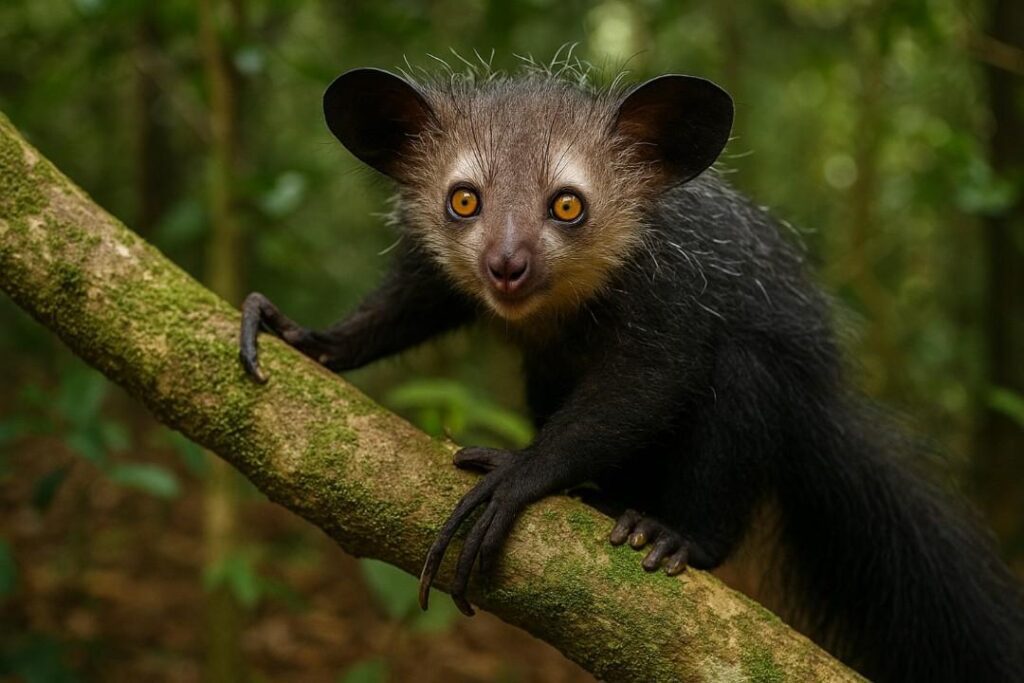
The aye-aye is a Madagascar-native lemur known for its large eyes, bushy tail, and long, thin middle finger. The animal uses this finger to tap on tree trunks and extract insect larvae, a hunting method known as percussive foraging. Often misunderstood and regarded as an omen of bad luck locally, the aye-aye is now threatened by habitat loss and superstitions, making conservation efforts all the more urgent (source).
6. Glass Frog
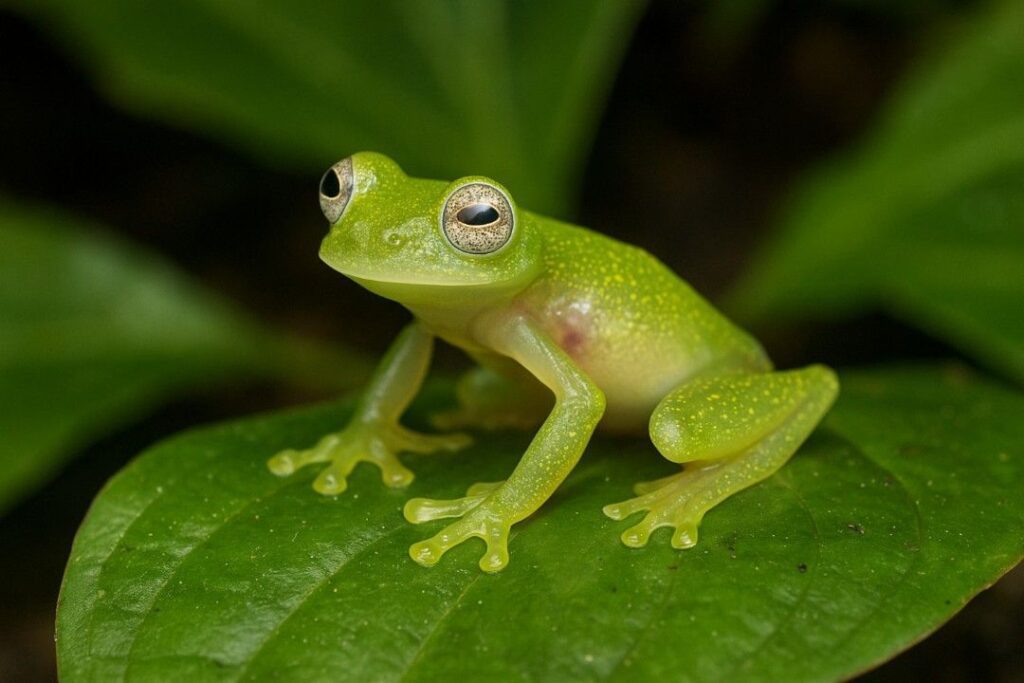
Glass frogs, found in Central and South America, are named for their translucent skin on the underside, which reveals their organs and even a beating heart. These tiny amphibians often dwell on leaves above flowing streams, laying eggs in moist environments. The see-through feature helps camouflage them from predators, but deforestation and climate change threaten their habitats, raising concerns among conservationists about their future.
7. Star-Nosed Mole
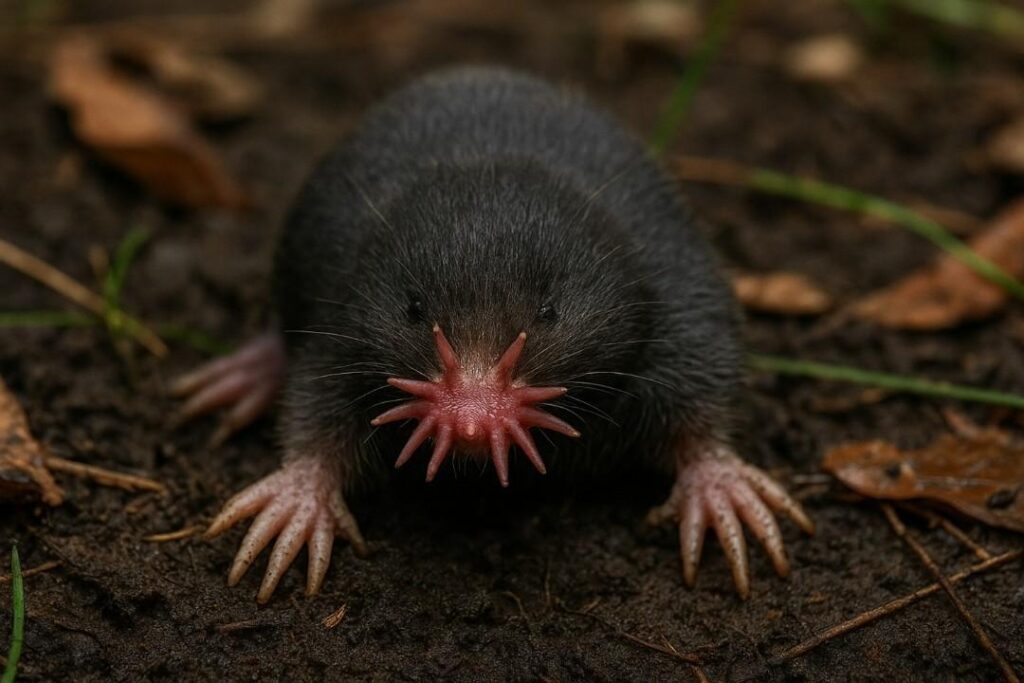
The star-nosed mole stands out thanks to 22 pink, fleshy appendages arranged like a star around its snout. These sensitive tentacle-like feelers enable moles to detect prey rapidly, making them the fastest known mammals in this regard. Native to wet lowland areas in eastern North America, it digs tunnels and hunts small invertebrates in muddy soil. Its bizarre appearance has made it a favorite among animal enthusiasts.
8. Sunda Colugo
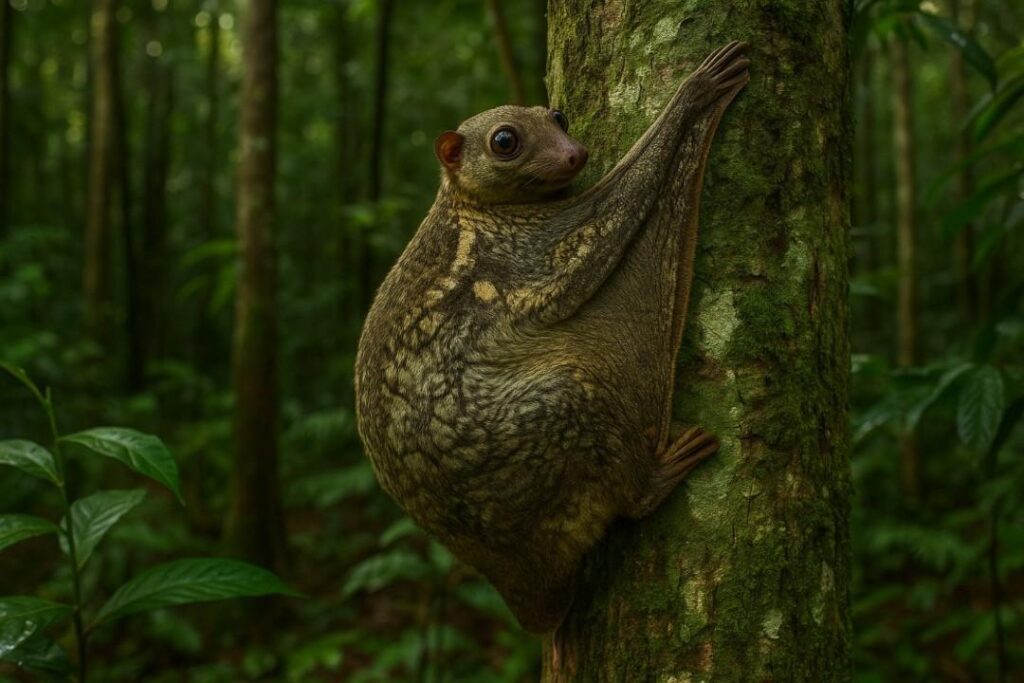
Often called the “flying lemur,” the Sunda colugo is not a lemur and cannot truly fly. Instead, this Southeast Asian mammal glides between trees using a large membrane stretching from neck to tail. Its ability to glide up to 150 meters lets it escape predators and access distant food sources. Researchers know little about its daily life because it is nocturnal and prefers dense forest canopies.
9. Yeti Crab
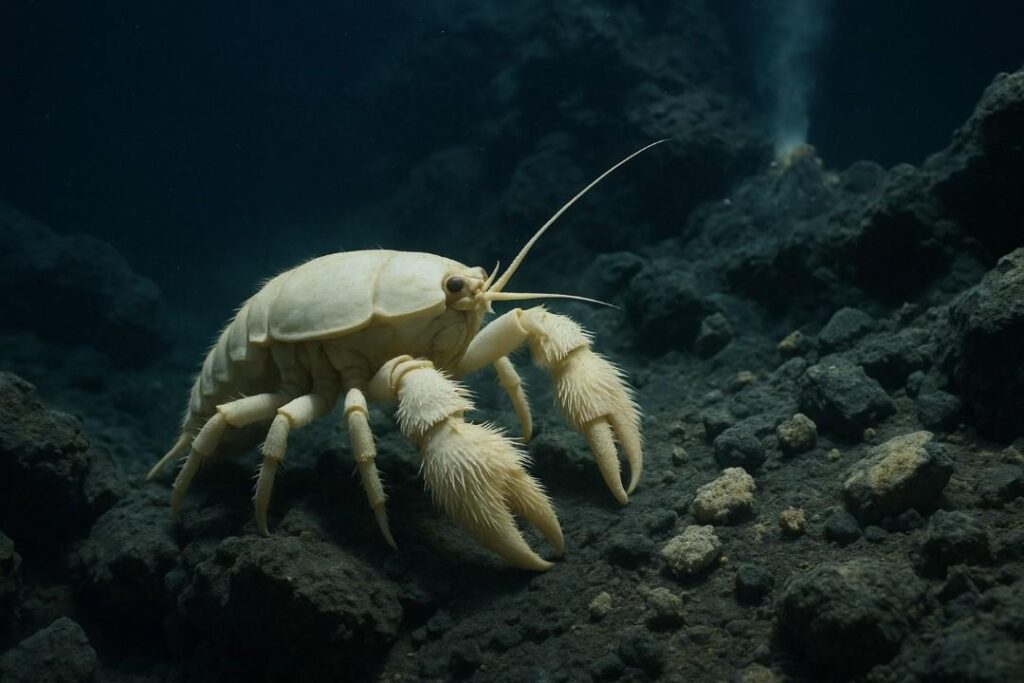
The yeti crab, discovered only in 2005, sports thick, blond bristles on its pincers, reminiscent of the legendary abominable snowman. Living in deep-sea hydrothermal vents, these crabs use their hairy claws to farm bacteria, which they eat. Their unique adaptation allows them to survive in environments where few other animals can, highlighting the incredible diversity of deep-ocean life.
10. Gerenuk
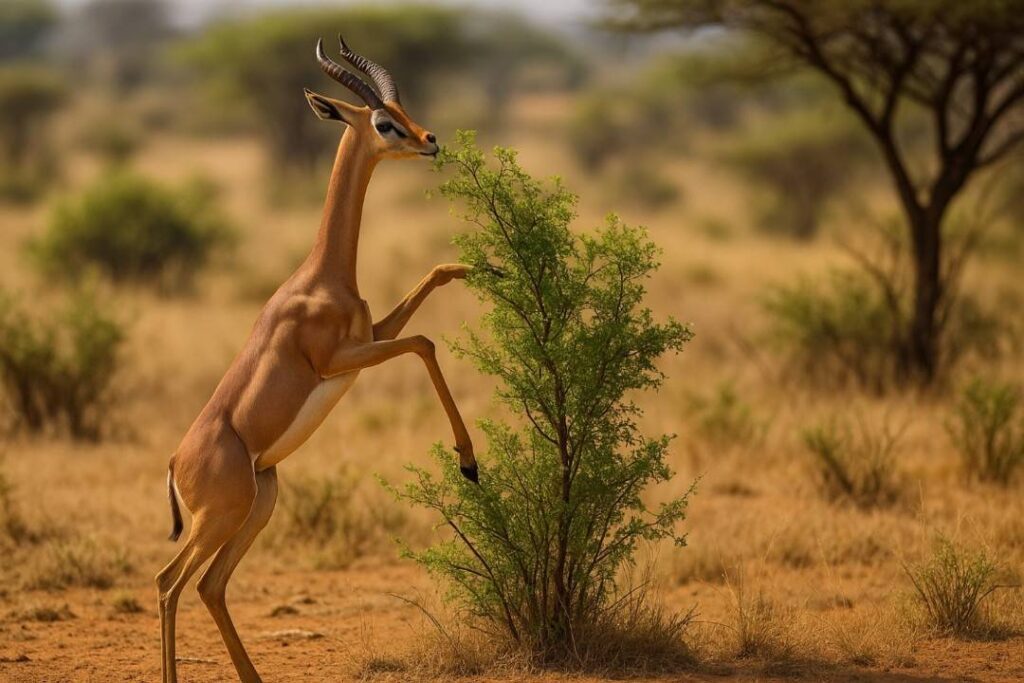
With its long neck and slender legs, the gerenuk is often referred to as the “giraffe gazelle.” Native to the Horn of Africa, it can stand upright on its hind legs to reach leaves on trees that other antelope can’t. Its unique feeding habits allow it to thrive in arid environments with little water, but habitat fragmentation and hunting present growing threats to its survival (source).
11. Blue Dragon (Glaucus atlanticus)
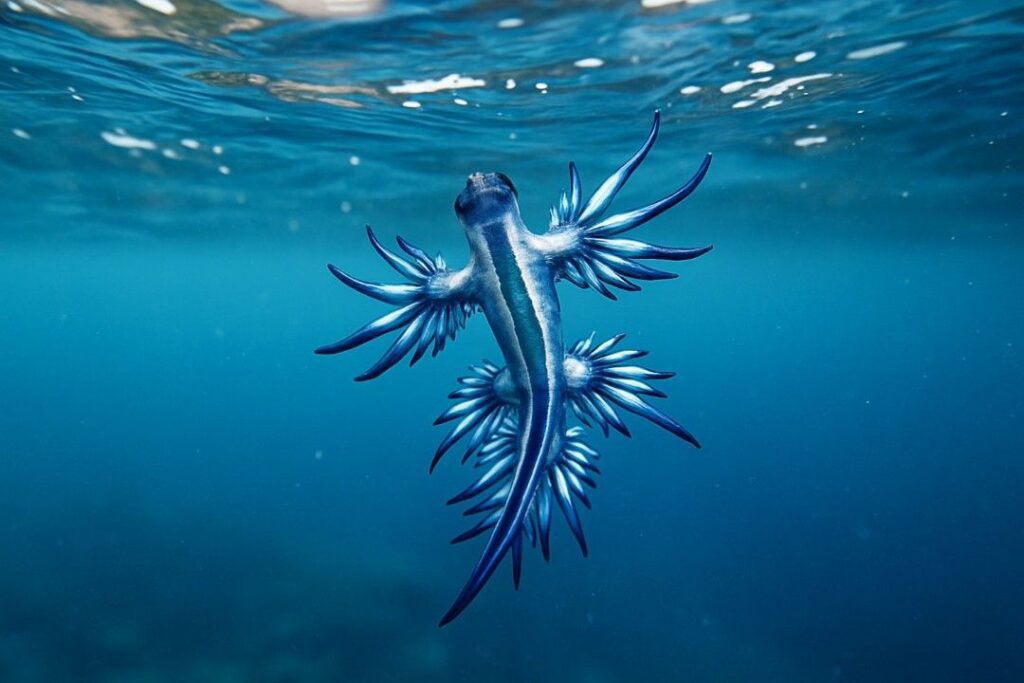
The blue dragon, a type of sea slug, floats on the ocean surface and displays striking blue coloration as camouflage against predators. This small creature feeds on venomous siphonophores like the Portuguese man o’ war, storing their toxins and using them for its own defense. Its bizarre, almost alien appearance has captivated beachcombers and scientists alike, but handling one can be dangerous due to its potent sting.
12. Markhor
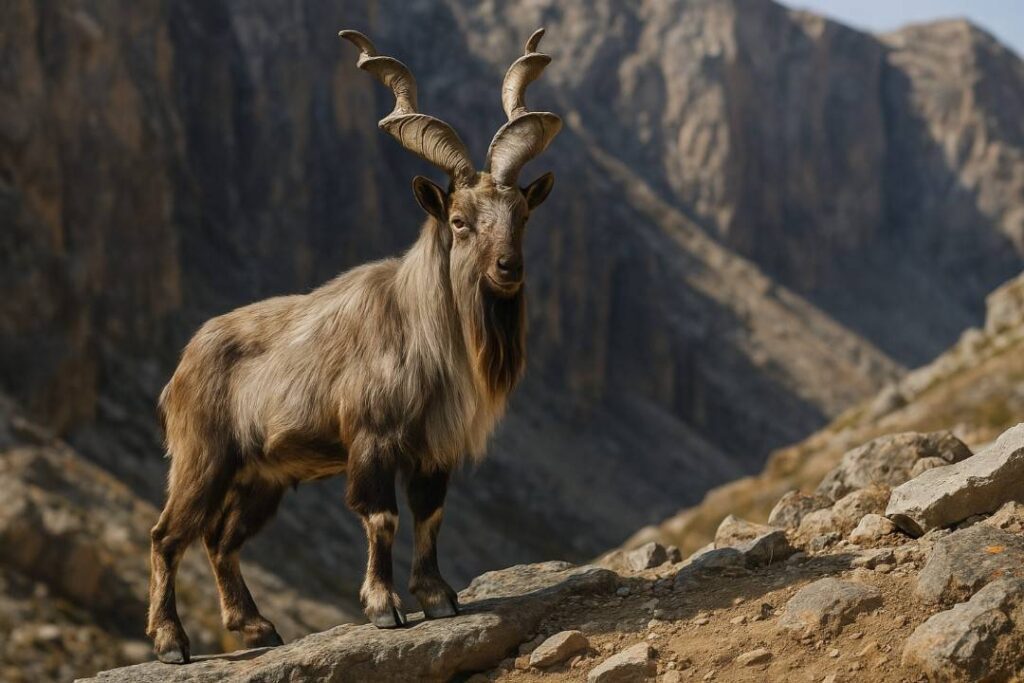
The markhor is a wild goat native to Central Asia, recognized by its impressive, spiraling horns that can grow up to five feet long. As Pakistan’s national animal, it navigates steep, rugged terrains and is a symbol of grace and agility. Poaching and habitat encroachment pushed it close to extinction, but recent conservation efforts have seen populations slowly recover, making it a rare conservation success story.
13. Thorny Devil
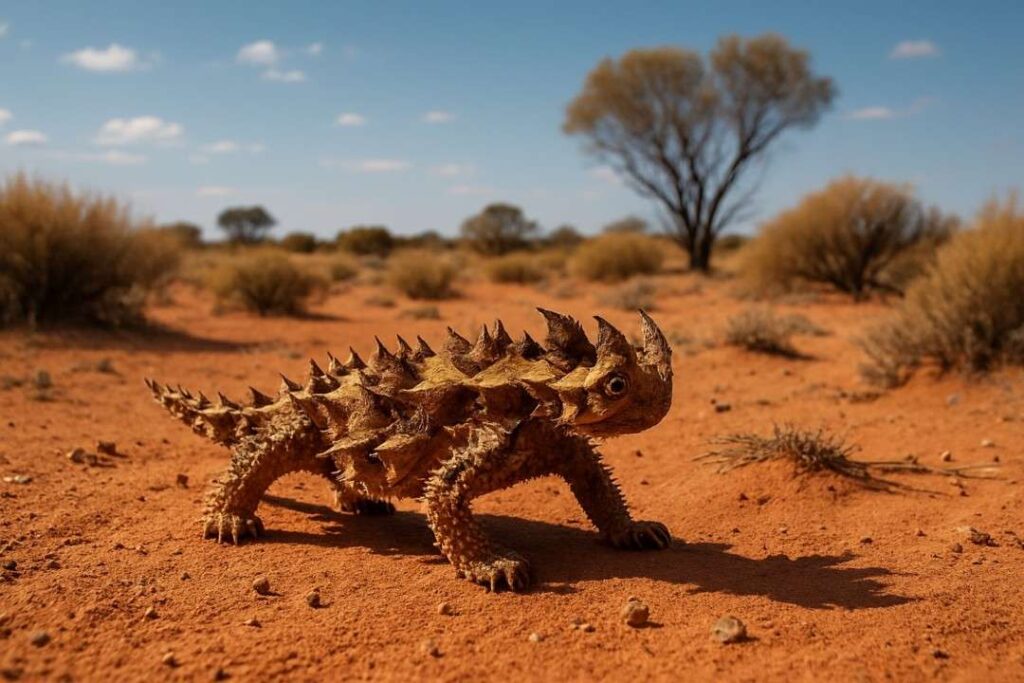
The thorny devil, found in Australia’s arid deserts, sports a body covered in spiny protrusions that deter predators. This small lizard feeds exclusively on ants, consuming thousands daily. It has a false head on the back of its neck to confuse attackers and can absorb water through its skin from rain or dew. The thorny devil’s adaptations are perfectly suited for survival in harsh, dry conditions.
14. Narwhal
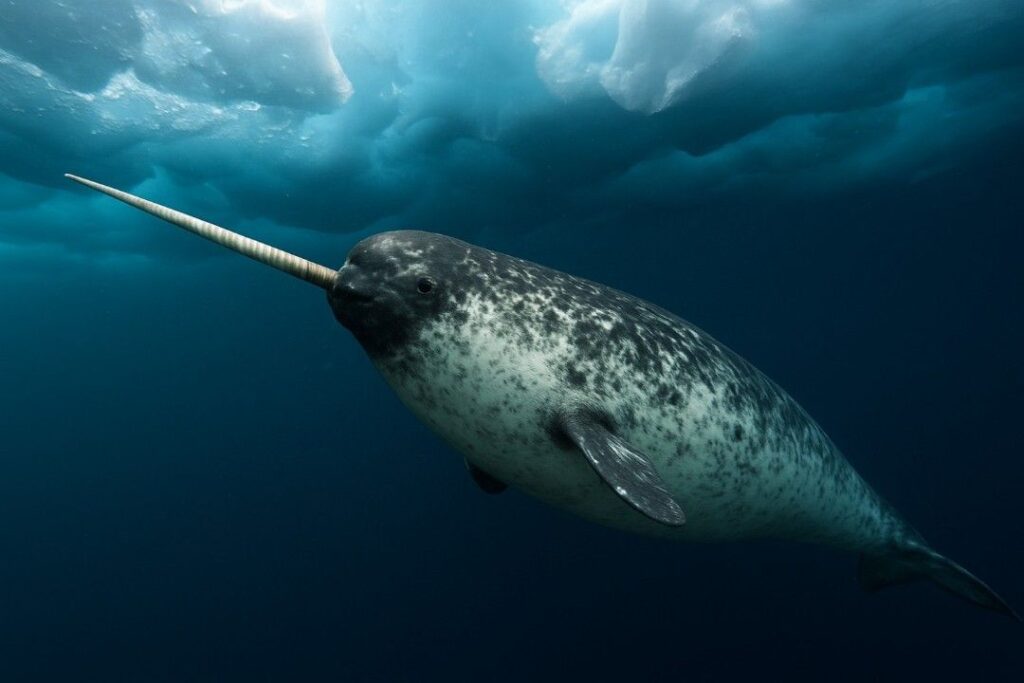
Narwhals are Arctic whales known for the long, spiral tusk protruding from the males’ heads, which is actually an elongated tooth. The purpose of the tusk remains debated, but research suggests it may be used for social dominance or sensory perception. Narwhals are highly adapted to cold environments, but melting sea ice and increased human activity threaten their survival in the wild.
15. Maned Wolf

The maned wolf, native to South America, looks like a fox on stilts due to its long legs and reddish coat. Despite its name, it’s neither a wolf nor a fox, but a distinct canid species. The maned wolf is omnivorous, with fruit making up a significant part of its diet, and its tall legs help it navigate tall grasslands. Habitat loss and road accidents are major threats to its continued existence.

